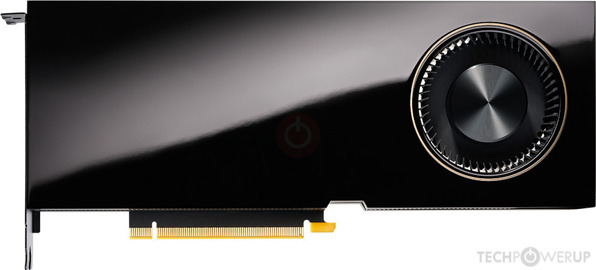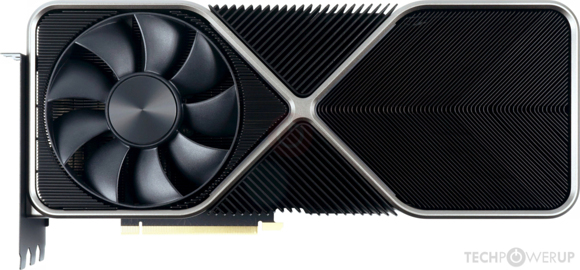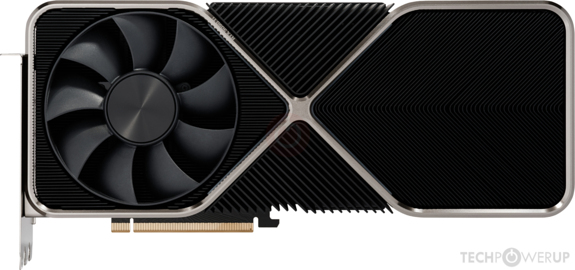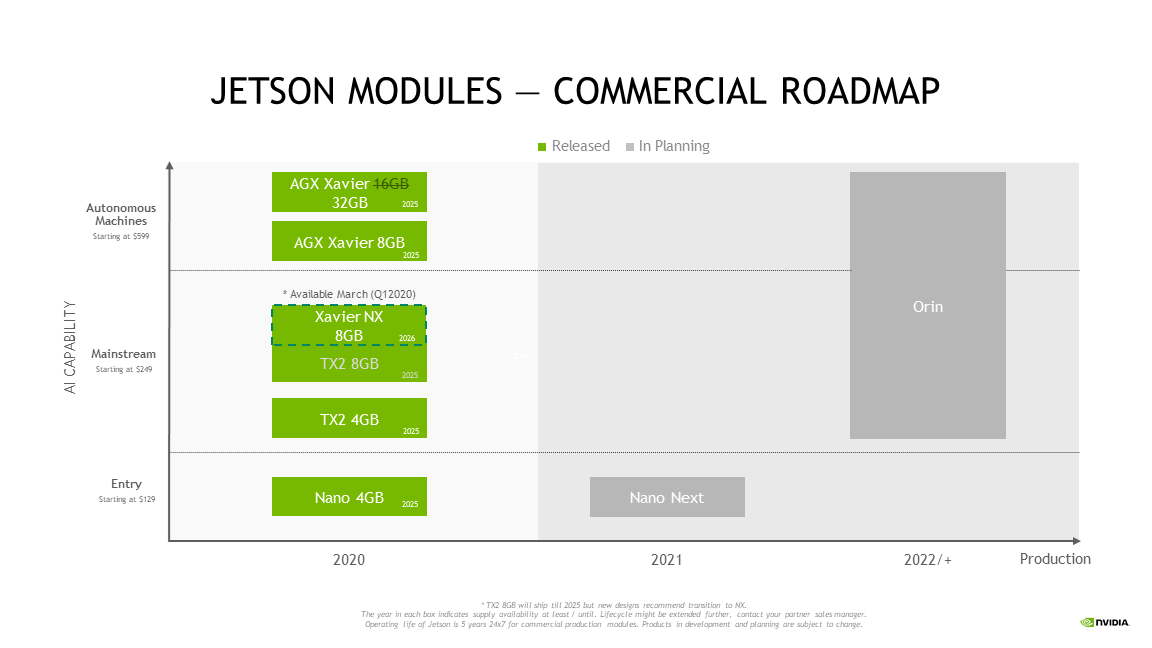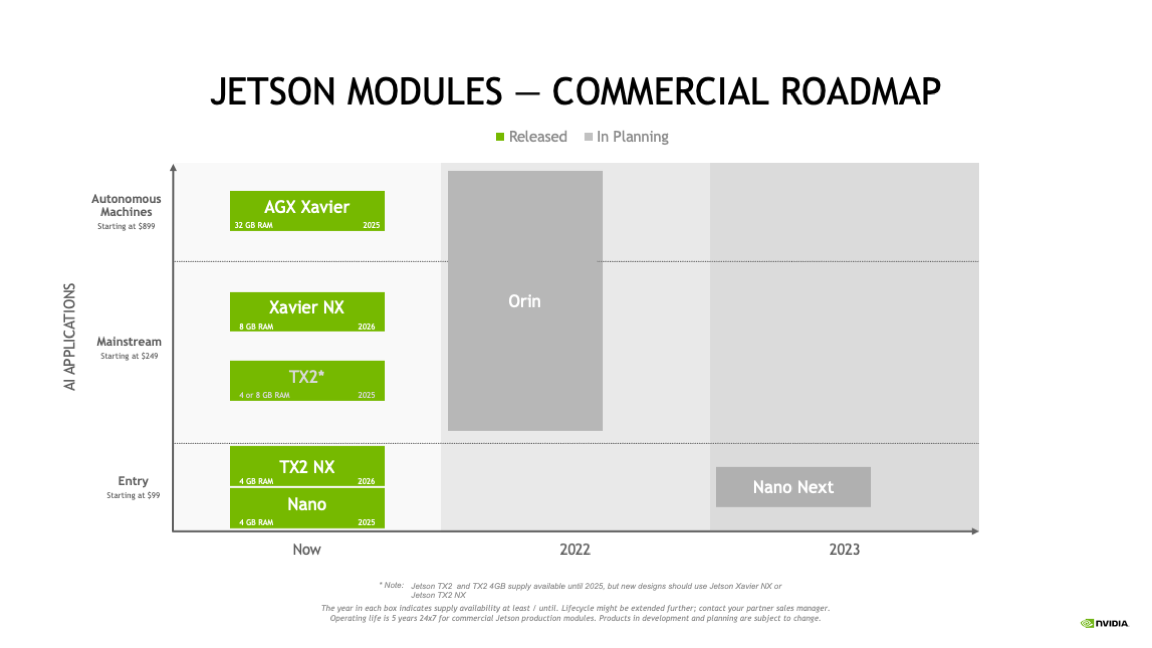NineTailSage
Bob-omb
So looking at the T400 being based on TU117(which is a 200mm2 part on TSMC 12nm process), the interesting Ampere comparison is the mobile GA107 which Kopite7kimi states is roughly 190+mm2. Where Samsung's 8nm process definitely allows Nvidia to achieve 2x the transistor density between the comparing architectures, the interesting rough math is in the efficiency gains in performance per watt for 8nm over TSMC's 12nm.
The full TU117 @ 1410 Mhz= 2.5Tflops for 75watts and GA107 @ 1463 Mhz= 7.5Tflops for 80watts
So even though going from Turing to Ampere they doubled the FP cuda cores per SM unit, the performance equates to more like 3x between the two chips.
The full TU117 @ 1410 Mhz= 2.5Tflops for 75watts and GA107 @ 1463 Mhz= 7.5Tflops for 80watts
So even though going from Turing to Ampere they doubled the FP cuda cores per SM unit, the performance equates to more like 3x between the two chips.


